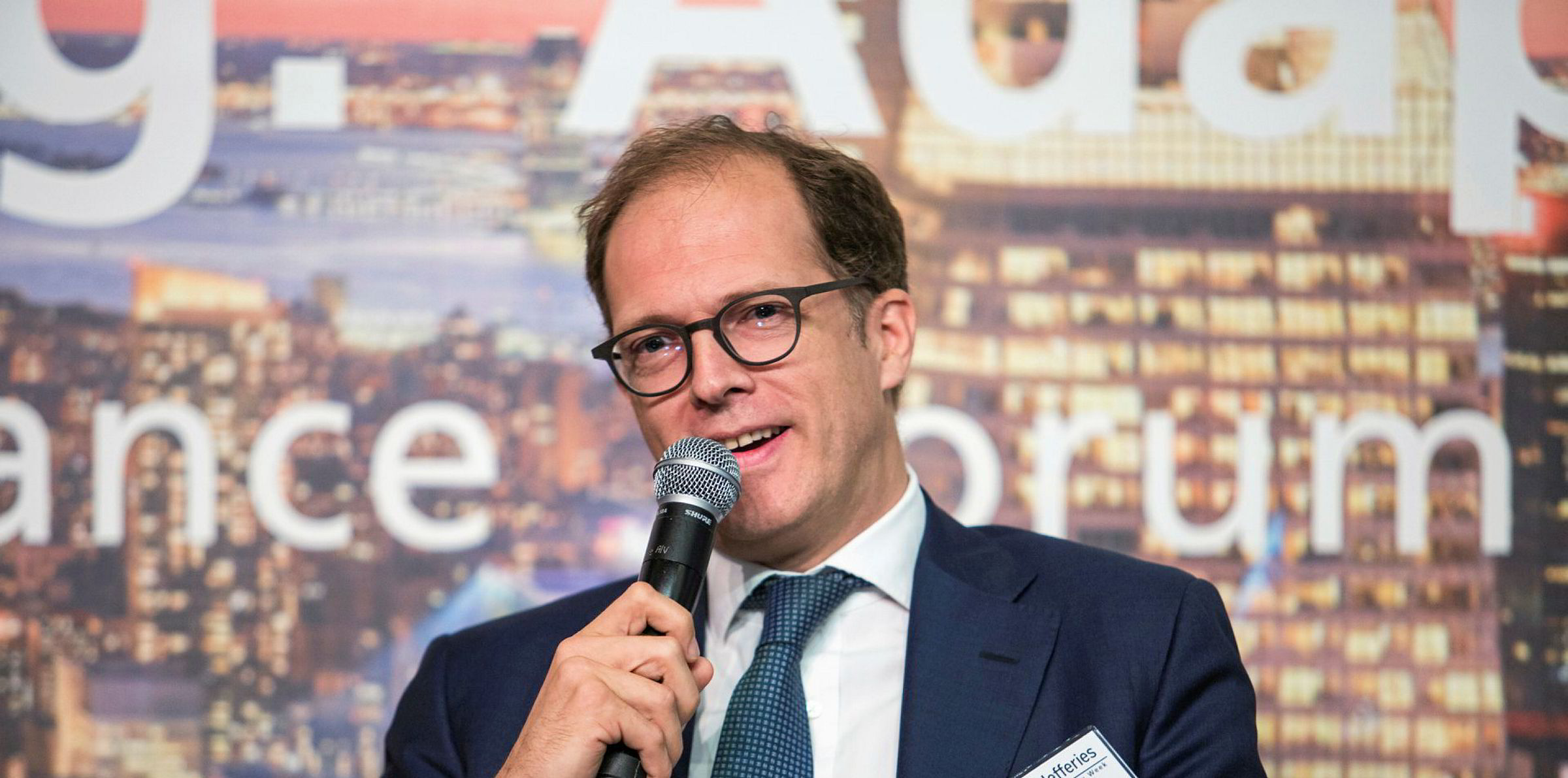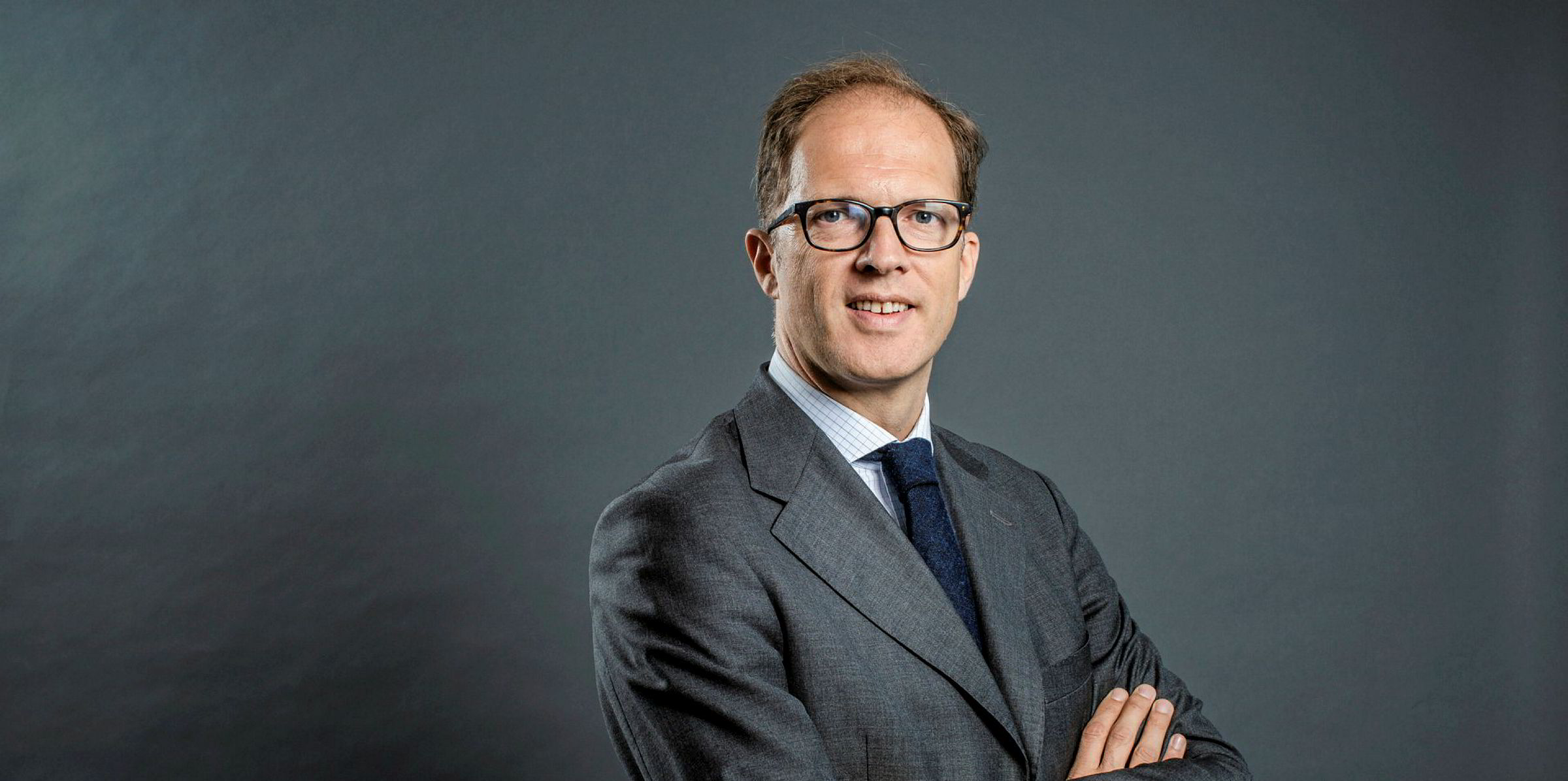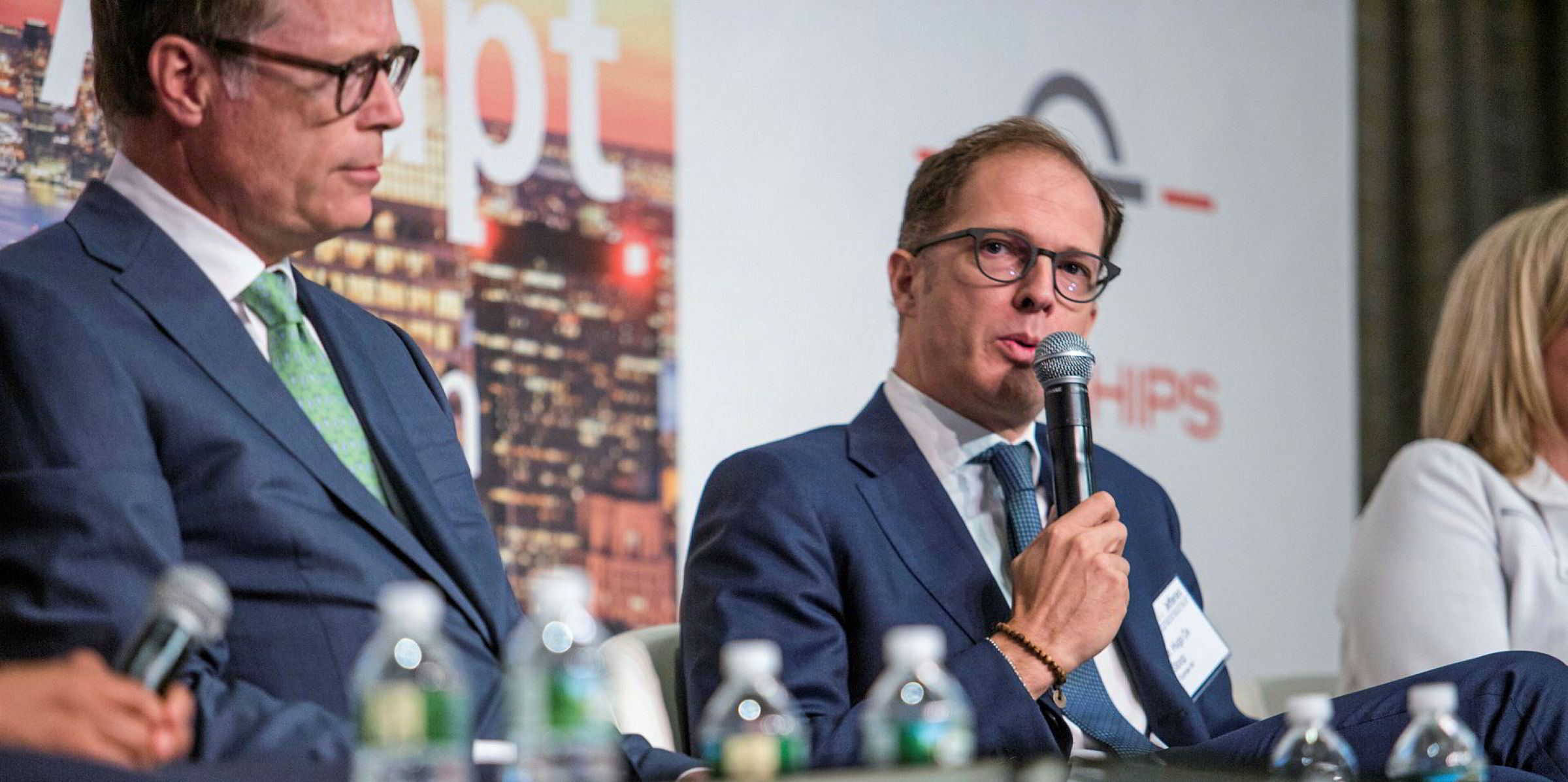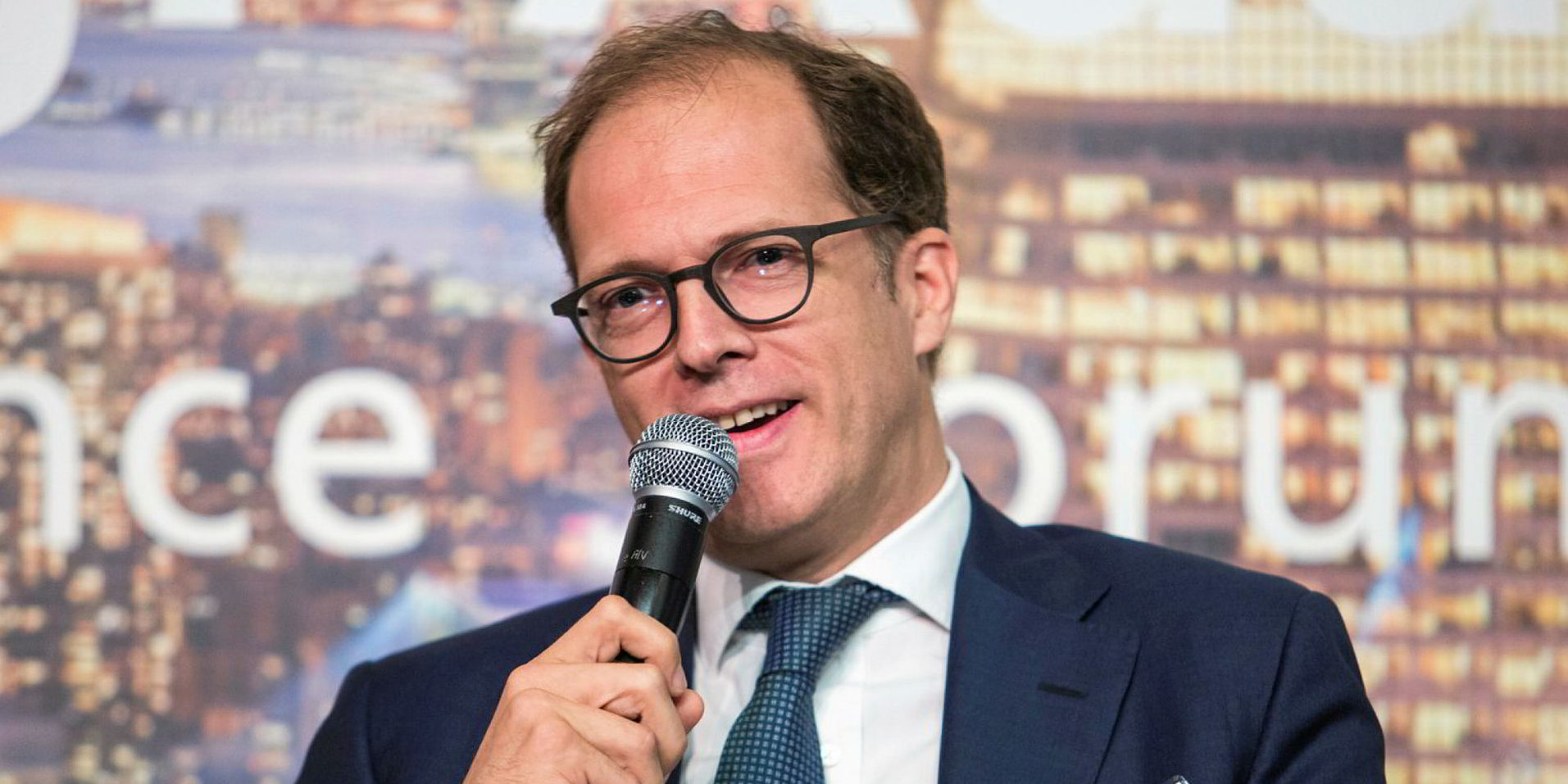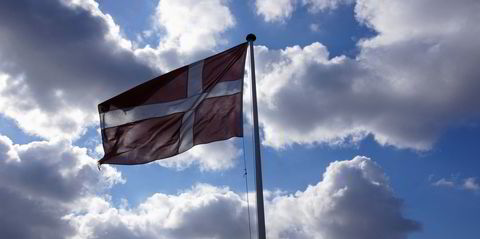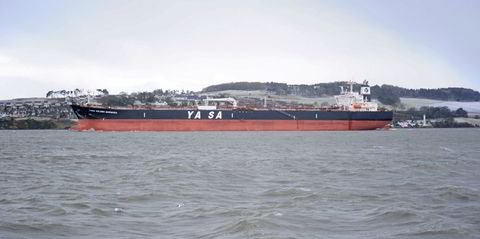Belgian tanker giant Euronav has appointed a new finance chief as it posted a lower loss in the third quarter.
The net deficit to 30 September was $22.9m, from a loss of $58.7m in the same period of 2018.
It logged EBITDA of $96.8m, up from $50.7m, but depreciation of $84.6m pushed it into the red, along with net finance expenses of nearly $35m.
Revenue was $175.28m, but it did not give a comparative figure.
Average VLCC spot rates in the period were up at $25,036 per day, from $17,773 in 2018, with suezmaxes rising to $17,121 from $14,919.
It said there had been a very strong start to the fourth quarter, with VLCC rates booked at $60,900 per day so far.
CEO Hugo De Stoop added: “Recent freight rates levels are demonstrating that our markets are thinly balanced and that any disruption can have a dramatic impact.
"Catalysts such as sanctions and geopolitical events may be temporary factors; the market fundamentals and IMO 2020 implications, however, have gradually rebalanced the supply and demand and those factors form a good base for a sustainable cyclical upturn."
He said: "Moreover, Euronav should benefit from it fully as we only have one drydock for 2019 and 90% of our trading fleet is currently exposed to the spot market."
CFO appointed
Euronav said Lieve Logghe is joining as CFO to succeed new boss De Stoop.
Logghe started at PriceWaterhouseCoopers, before working for ArcelorMittal, where she is VP for energy in Europe.
The company will move to quarterly dividends in 2020 due to changes in Belgian company law.
Frode Morkedal at Clarksons Platou Securities said the EBITDA result was slightly above expectations.
Higher interest expenses than expected resulted in adjusted net profit slightly below estimates, however.
He viewed the dividend news as positive.
The analyst calculated that average fourth quarter daily earnings could become $68,000 for VLCCs and $47,000 for suezmaxes.
"These rate levels would support EBITDA of $314m, according to our calculations, which is higher than the current consensus of $264m for 4Q," he added.
Amit Mehrotra at Deutsche Bank said: "While the results were undoubtedly good, the biggest incremental takeaway for us is the shift in the timing of dividend payments to more closely match the company’s quarterly cash generation.
"This is consistent with the takeaways from our client call with Euronav's CEO two weeks ago and the elevated tanker rate environment should allow for sizeable distributions."
Rates growth slower than expected
Euronav said rate development during the quarter was lower than anticipated as the refinery maintenance programme was longer and more pronounced than forecast.
"However, some counter seasonal strength in the large tanker markets reflected that the supply and demand balance were tighter than the average rate printed in the quarter," it added.
The company believes recycling of older tonnage is unlikely if the rate environment is elevated.
Scrubber retrofits to be delayed
Rates recently boomed to more than $200,000 per day in the VLCC sector due to US sanctions against Iran and Venezuela and attacks on vessels in the Middle East.
Euronav said the upcoming IMO 2020 regulations had also driven between 20 to 30 vessels to store fuel.
Before the surge in rates, more than 60 VLCCs were due to leave the market to retrofit scrubbers.
Some are currently in yards, but the majority are still scheduled to dock in November and especially in December, the company added.
"However, the current rate environment may incentivise owners to delay their retrofit programme to the first or the second quarter of 2020, which is positive as it will extend in time any global fleet capacity shortage."
IMO 2020 fuel secured
Looking ahead, it said: "Whilst some short-term factors have undoubtedly assisted in driving rates to such levels, robust underlying fundamentals of vessel supply and demand are supportive to a stronger freight market of some duration.
"The effects of IMO 2020 should be a positive overlay during the current and subsequent quarters."
Euronav has purchased sufficient fuel to cover more than half of its compliant bunker requirements for next year.
It has been bought at "a very competitive price" of around $80 per ton below the current spot price, with expectations of further spot price rises as IMO 2020 is implemented, it added.
The owner has already begun to use this fuel ahead of IMO 2020 implementation in January.
